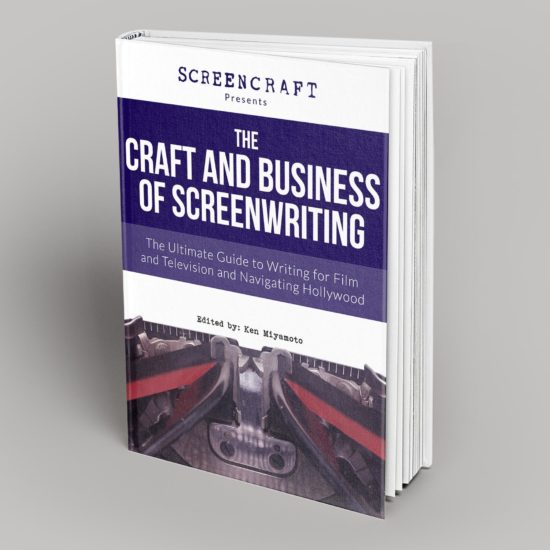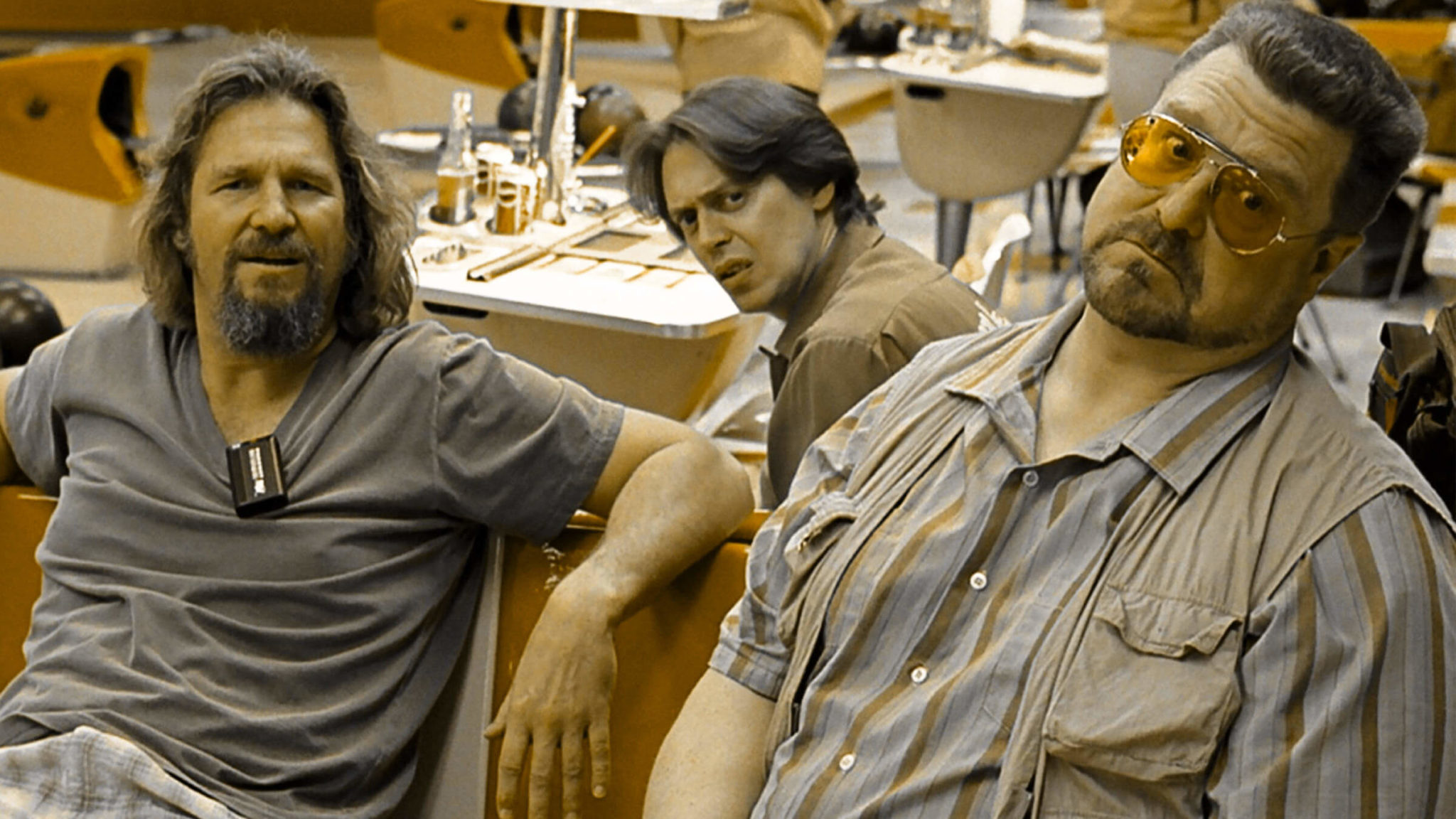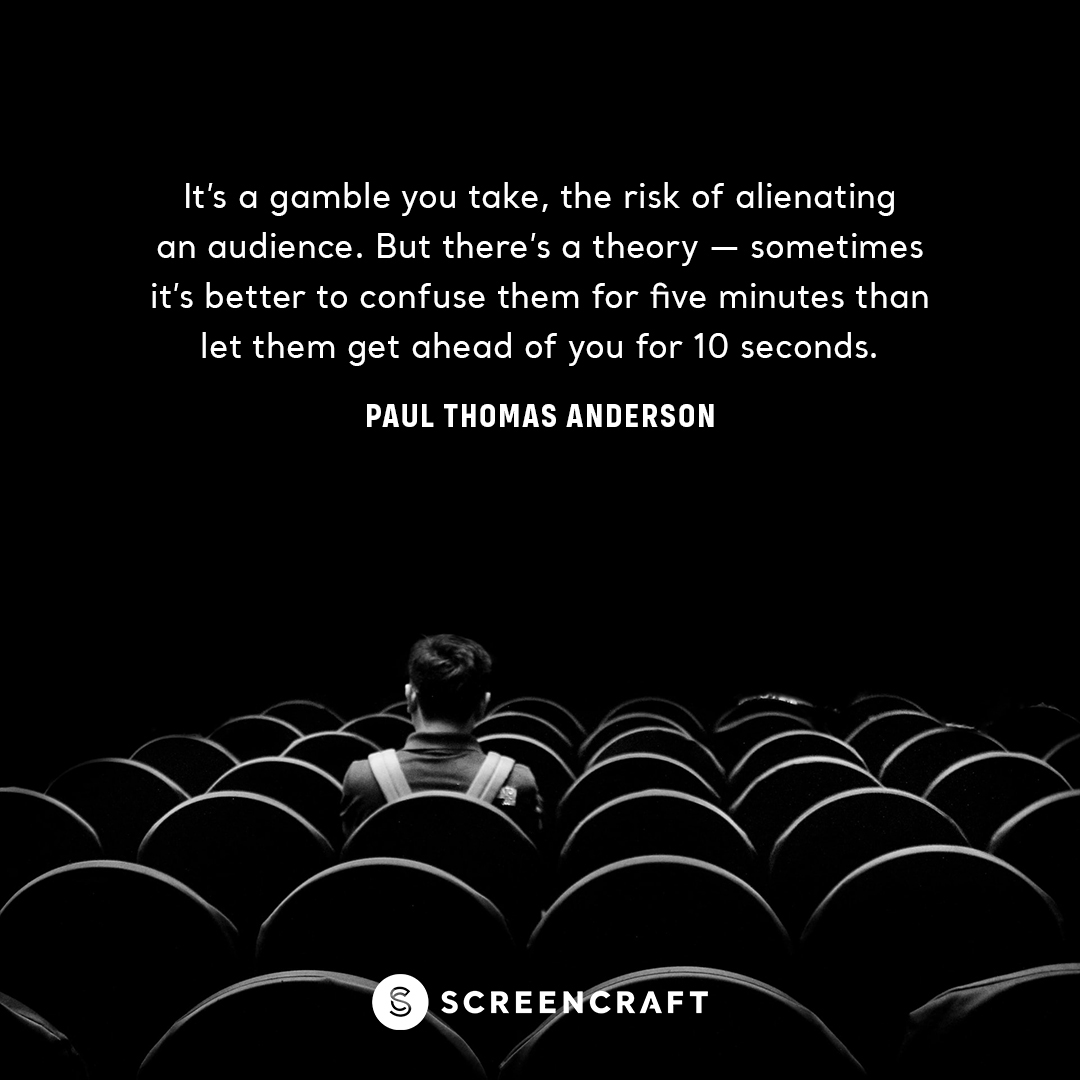3 Tools to Heighten Emotional Engagement in a Story

Character is our way into story. We only invest emotionally in a story if we can empathize with a character. And we only care about the outcome of a story to the extent that that character cares about the outcome of the story. But since film is a visual and audio medium, it can be challenging to show the character’s internal feelings.
Here are three techniques you can use to strengthen the emotional bond between the character and the story, and allow the audience into the character’s emotional life:
1. Personalize the Stakes
The first thing we need to do is make sure the character is emotionally invested in the outcome of the story. If the events of your plot do not have an emotional impact on the character, then why should the audience care? You must make sure the stakes of the story matter to the character on a personal level.
Sometimes this is easy, such as in a romantic comedy. In Crazy Rich Asians, Rachel is in love with Nick. Since the stakes of the story are whether Rachel and Nick will end up together, the consequences are obviously emotionally important to Rachel. The crucial thing we need to show the audience, then, is that Rachel is indeed in love with Nick. That’s why we first meet these two characters engaging in playful banter over a shared dessert. That interaction demonstrates their connection and intimacy.
Not all movie concepts have such clear-cut emotional stakes for the characters, however. In Vice, Dick Cheney is the main character. His goal in the story is to achieve political power. But in order for that goal to have emotional stakes, we need to understand what achieving power means to Dick. There’s a crucial scene within the first ten pages of the screenplay where Lynne, Dick’s wife, has just bailed Dick out of jail for getting in a drunken fight. Lynne tells him, “Either you stand up and put your back straight and have the courage to become someone or I am gone!” Dick responds by telling her he loves her. Lynne says, “Then prove it!” Because of this scene, we understand that Dick wants power because he wants to impress the woman he loves. That personalizes the stakes of all his political machinations.
2. Give the Character a Confidante
If we want the character to verbalize how they feel, they need to have someone with whom they feel safe expressing their feelings. Lynne serves that purpose in Vice. Dick can trust Lynne and open up to her. This allows the audience to hear his thoughts along with Lynne.
Learn how to write great movie dialogue with this free guide.
In The Favourite, the character of Marsham provides an occasional confidante for Abigail. Although Abigail sees Marsham as a means to regaining her station, she also feels comfortable discussing her plans and fears in front of him. On their wedding night, Abigail confides her anxiety, saying, “Now [Sarah] is gone, I find myself more concerned than when she was here. For it is like she could strike from anywhere at any time, and I will not see it coming.” The intimate moment allows her to express a weakness that she must keep hidden in most scenes.
In Crazy Rich Asians, the character of Peik Lin serves a similar purpose. She is Rachel’s friend from college, someone Rachel trusts, who is outside of the primary storyline. So after Nick’s mother tells Rachel that she “will never be good enough for my son,” Rachel can discuss the incident with Peik Lin. Rachel tells Peik Lin how horrible she feels, and that she doesn’t even want to go to the wedding of Nick’s friends. Then Peik Lin convinces Rachel that she needs to fight back and show Nick’s mother what she’s made of. The audience is let into Rachel’s emotional journey along with Peik Lin.
3. Use Scenes of Preparation and Aftermath
The scene between Rachel and Peik Lin in Crazy Rich Asians is what’s known as an aftermath scene. It comes after a major plot scene – the dumpling-making scene where Eleanor tells Rachel she’s not good enough – and shows us the aftermath of that event for the character. It then turns into a scene of preparation, where we see Rachel make a new plan. This sets up the next big set piece – the wedding – showing us what Rachel wants and what’s at stake.
Scenes of preparation and aftermath are crucial for showing us the character’s emotional journey. Often in the major plot scenes, the character is not able to reveal their feelings. Rachel would not tell Nick’s mother how she feels when told she’s not good enough. Nor would she be open about her agenda at the wedding. We understand her emotions in subtext. But we can only understand the subtext because we have those scenes of preparation and aftermath to let us into the character’s head.
Typical scenes of preparation show the character getting ready for the upcoming event. This can give us insight into how much the character cares. Another scene of preparation in Crazy Rich Asians comes early on when Rachel enlists her mother’s help buying a dress she can wear to meet Nick’s mother. Without explicit dialogue, we can see how important it is to Rachel that Nick’s mother approves of her.
A similar example from The Favourite comes in the scene where Abigail is preparing Queen Anne to announce an unpopular tax increase in parliament. Anne first asks if Sarah could make the announcement instead, and when told it must come from the queen, questions whether the tax is even really necessary. Anne’s reluctance gives us a window into how afraid she is to upset parliament. That makes the following scene – a potentially boring scene about long-ago tax policy – an emotionally fraught scene of drama that the audience cares about.
Sometimes an entire plot point can be portrayed in scenes of aftermath and preparation. In Vice, we never see Dick get appointed Chief of Staff. Instead, we see him celebrating the appointment with his wife and daughters at his office in the White House. The appointment itself would likely be a dry, sober affair. The aftermath scene shows us the emotional impact of the event, which is more important to the audience.
Most of the scenes I’ve referenced do not contain major plot points. They are not big, dramatic set pieces. Rather, they are the smaller scenes between the set pieces that allow us to track the characters’ feelings about what is happening. If you want to get the audience to care about the big events, you must first engage them by giving them insight into the characters’ emotions.
 Douglas J. Eboch is a screenwriter and director best known for writing the original screenplay for Sweet Home Alabama. He is the author of The Three Stages of Screenwriting and co-author, with producer Ken Aguado, of The Hollywood Pitching Bible. He has written professionally for film, television, theater, and games. You can follow him on twitter at @dougeboch.
Douglas J. Eboch is a screenwriter and director best known for writing the original screenplay for Sweet Home Alabama. He is the author of The Three Stages of Screenwriting and co-author, with producer Ken Aguado, of The Hollywood Pitching Bible. He has written professionally for film, television, theater, and games. You can follow him on twitter at @dougeboch.
Photo credit: VICE
For all the latest ScreenCraft news and updates, follow us on Twitter, Facebook, and Instagram.
Tags
Get Our Screenwriting Newsletter!
Get weekly writing inspiration delivered to your inbox - including industry news, popular articles, and more!



























